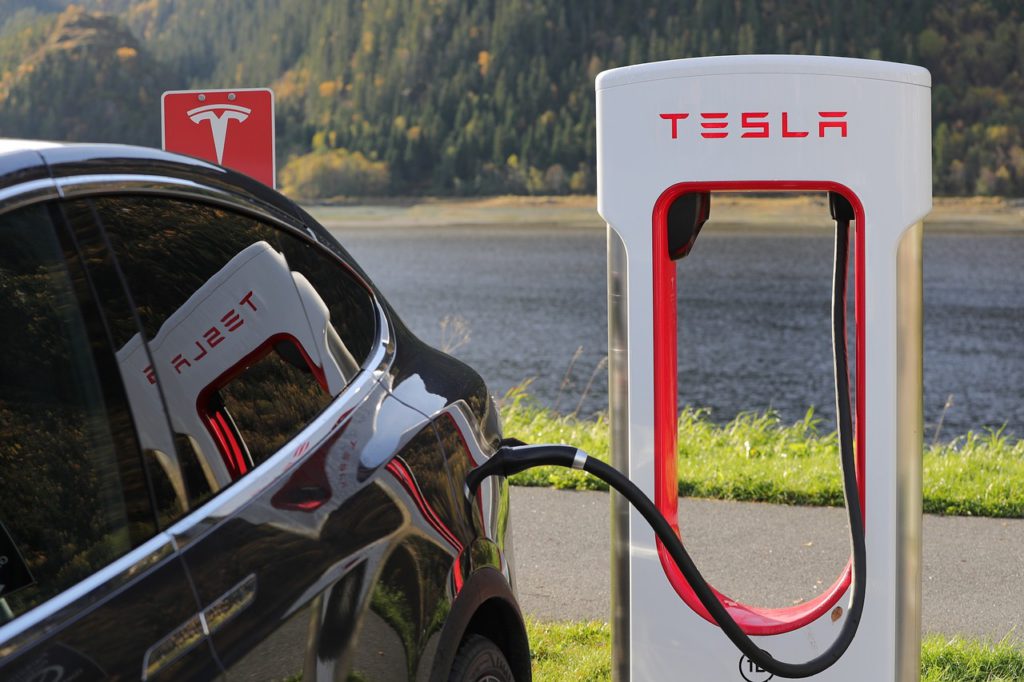Electric vehicles are different from traditional vehicles with internal combustion engines, or ICE in many ways. An internal combustion engine is exactly as it sounds: burning or combusting gasoline to release chemical energy stored in those molecules. The energy released inside the engine (via spark plugs that explode compressed gas vapors) is converted to motion used to drive a crankshaft via a set of gears and finally rotate the tire which moves the car forward (or backward if those gears are shifted in reverse).
Electric vehicles use energy stored in batteries to drive a simple electric motor (electricity flowing through a coil of wire around a magnet attached to the wheel directly). Because of this, electric vehicles have much faster torque (electric motors provide much more instantaneous power than ICE motors), produce no noxious fumes (EVs have no tailpipes), and have far fewer moving parts to wear down over time. In fact, owners of electric vehicles simply need to change their washer fluid and don’t ever need to worry about oil changes, radiators, transmission fluid or the like. And since there is no big motor in the front of EVs, that space can be used for additional storage, and more importantly, as a safe zone to crumple in the event of a front-end collision, saving lives. On the flip side, EV owners do need to plan on recharging their vehicles during long trips which typically takes longer than filling a tank with gas.
These benefits, plus the reduction in greenhouse gases, allow EVs to be more economical, safer, faster and better on the environment which is why they are so interesting for our future. Tesla has made their mission to transform humanity towards sustainable fuels like solar and electric, and has taken the lead in EVs. Not to mention autonomous vehicles, which is the subject of another post.
We love our Tesla, and if you want to save up to $1000 on your own, click this referral link.
